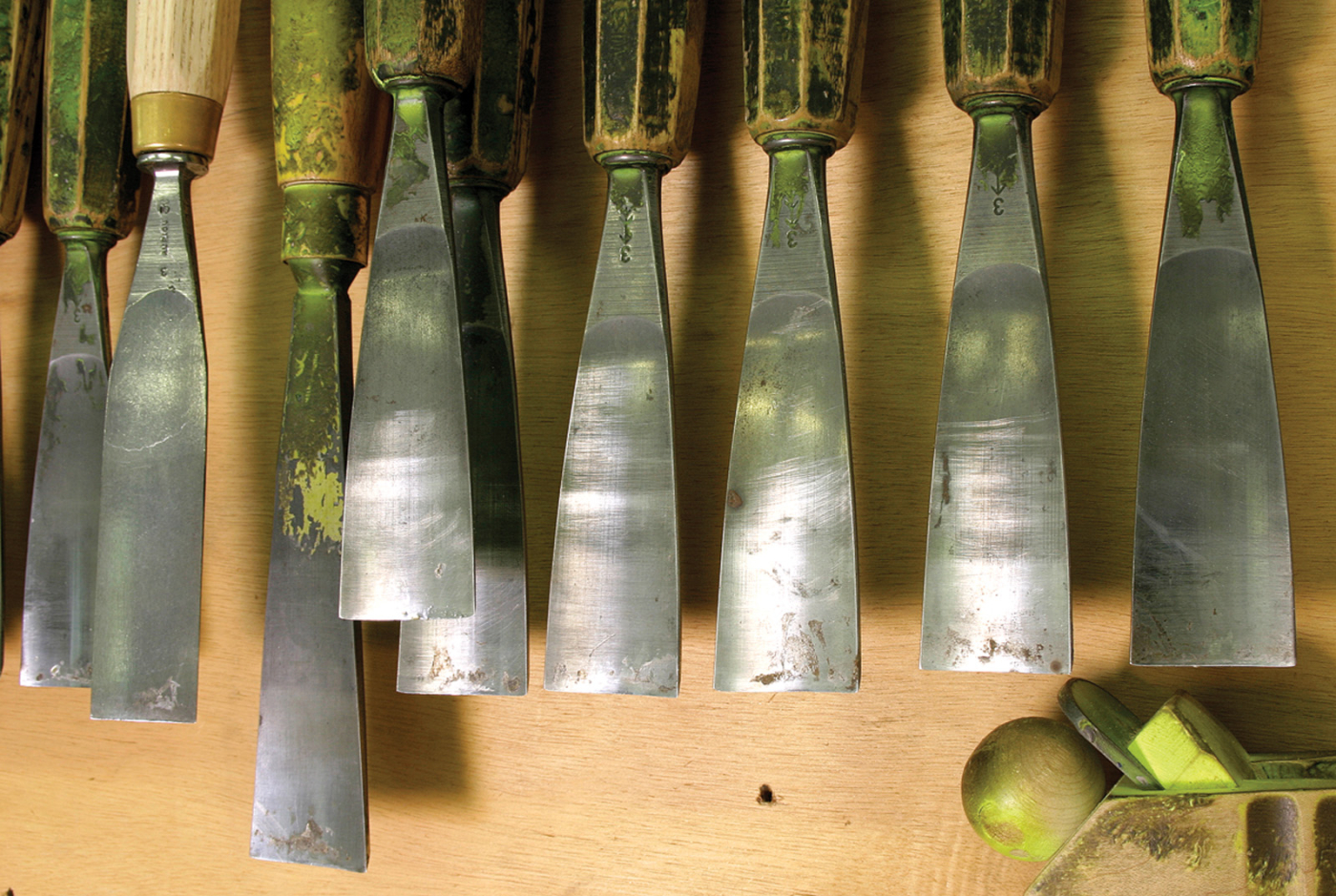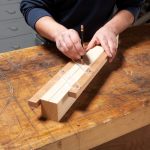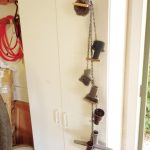We may receive a commission when you use our affiliate links. However, this does not impact our recommendations.
 Additional reading: Check out Michael Dunbar’s Sharpening Method
Additional reading: Check out Michael Dunbar’s Sharpening Method
Here are some general thoughts and advice on sharpening, as well as answers to some frequently asked questions. Every shop should have a dedicated sharpening system. You should work with sharp tools. It is easier and safer. You are less likely to stop and hone a tool that is beginning to skate if you have to dig out your sharpening equipment and set it up.
Sandpaper sharpening is a complete system. I not only maintain all my personal tools with it, we maintain the many score of tools we provide for our students’ use. Fred Chellis, who teaches with me, runs a sideline sharpening service, and uses the sandpaper system. When sharpening as many tools as we do, one wants a system that is fast. However, there is no reason why the method cannot be blended with other equipment you may already own or prefer. For example, Fred likes diamond hones and uses those instead of wet-and-dry paper applied to a wood block.
How flat is flat? I receive e-mails and read comments from people who are unsatisfied with a lapping plate because when tested with a dial indicator or other precision equipment it was out of flat by some otherwise imperceptible amount. Don’t go crazy here. Over the years obsessive-compulsive authors and letter-to-the-editor critics have convinced too many of us that we cannot work wood unless we are accurate to three decimal places. Remember, when lapping we are sharpening woodworking tools – not making equipment for NASA’s Mars Rover.
How sharp is sharp? The answer to a lot of woodworker questions is, “It depends.” In this case, it really does. Not all tools have to be equally sharp. A tool one woodworker relies on for finish work, such as a plane, another may use for rough stock removal. Generally speaking, chisel-edge tools will need to be sharper than knife-edge tools. The former are more commonly used for finish work, while the latter are for shaping and heavy stock removal. I only take my drawknife up to #330 grit, but my best Bedrock 404 smooth plane is honed to a bright mirror polish on #1,500-grit wet-and-dry paper.
 What angle should I use for my cutting edges and how accurate do I have to be? This answer combines the last two. It depends, and don’t get crazy. The more acute the angle, the more easily it will cut. However, the more acute the angle, the more fragile the edge. So, the heavier the work you do, the less acute (or more robust) the edge. For example a jack plane blade’s edge will have less angle than a smooth plane. Mortise and firmer chisels have more robust edges than paring chisels. Don’t get wrapped up in how accurate your angles are relative to what you read or hear. If someone writes the proper angle for a tool should be 35°, do you think it will matter if you really get 37°? No. In other words, use your judgment.
What angle should I use for my cutting edges and how accurate do I have to be? This answer combines the last two. It depends, and don’t get crazy. The more acute the angle, the more easily it will cut. However, the more acute the angle, the more fragile the edge. So, the heavier the work you do, the less acute (or more robust) the edge. For example a jack plane blade’s edge will have less angle than a smooth plane. Mortise and firmer chisels have more robust edges than paring chisels. Don’t get wrapped up in how accurate your angles are relative to what you read or hear. If someone writes the proper angle for a tool should be 35°, do you think it will matter if you really get 37°? No. In other words, use your judgment.
I think (insert any system here) results in a sharper edge. Assume there is a sharpening scale of 1 to 100. If your tools were only at 50 on this scale, would you complain if a system resulted in 93, as opposed to another that created 95? I once visited a shop run by a real sharpening fanatic. He was so proud of his edge that he gave me jeweler’s loupe to watch the action as he shaved hair. It was not like shaving your beard, he shaved along the follicle like you would whittle a stick. I asked how long such a sharp edge would last in a plane. He replied: “About a half dozen strokes. Then the super edge wears to merely sharp.”
How often do you sharpen? Sharpening is a function of use, not time. Simply put, sharpen when you need to. A dull tool requires more force and does not create a cleanly cut surface. You can also see the rounded edge under
good light.
What about micro bezels? I don’t use them and my tools cut fine. Sandpaper sharpening is real easy, and I don’t like to complicate what can be done easily.
Here are some supplies and tools we find essential in our everyday work around the shop. We may receive a commission from sales referred by our links; however, we have carefully selected these products for their usefulness and quality.








